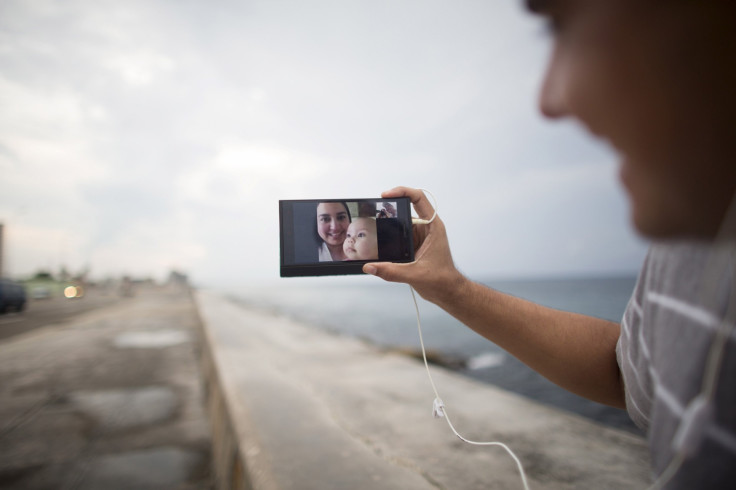Meet Li-Fi: New type of connection 100x faster than regular Wi-Fi; How it works

The world's best Wi-Fi system has just met its match. Scientists have discovered a new kind of Li-Fi that can potentially meet speeds 100 times faster than conventional connections.
Joanne Oh, a PhD student from Eindhoven University of Technology in the Netherlands, has created a new Li-Fi concept using harmless infrared light, instead of conventional LED. Her new method, as tested by her peers, apparently surpassed 40 gigabits per second (gbps) in its early tests.
The Eindhoven University press release showed that Oh's method has achieved download speeds of 42.8gbps over an 8.2-feet distance. According to a 2016 report from the ABC, peak connection speed in Australia is 39.3 megabits per second.
Li-Fi, or light-based wireless fidelity, has been proposed as early as 2011. This proposes the idea of transmitting data using flickering LED light. People may imagine it as some form of Morse code, but it happens so fast that it is invisible to the naked eye. Tests done in 2015 proved Li-Fi can reach a minimum speed of 1gbps and speeds as high as 224gbps.
However, Li-Fi is not a perfected concept. It will only work for as long as the light source is turned on. Another important question is if conventional devices like smartphones and laptops will be advanced enough to accommodate the speeds of Li-Fi.
LED-based Li-Fi also works similar to conventional Wi-Fi systems. This means it slows down when more devices are attached to it.
Moreover, Oh's method of using infrared light is not exactly a novel approach. Scientists thought the concept is not feasible as experiments with infrared-based Li-Fi rely on a lot of moving mirrors to manipulate the infrared light.
However, Oh uses passive antennae for her infrared light. According to Engadget, this can help provide seamless and interference-free connections. Her new system also requires less power as there are less moving parts.
The system works by "beaming" data through a series of antennae mounted on the ceiling of the area. There are gratings in the same area that redirect light rays on different directions. This means there is not much power needed to manipulate the light.
The infrared light is in a frequency range of about 200 terahertz. This surpasses conventional radio waves of Wi-Fi signals that only rely on 5 gigahertz.
This also means each device connected to the infrared Li-Fi gets its own "beam." The method solves the issue Wi-Fi users have when connections slow down due to multiple devices.
However, Oh's system has not been used for uploading files yet. Regardless, Oh's work is just part of a large initiative of the Eindhoven University to maximise the potential of infrared Li-Fi. The team's head, Ton Koonen, said in the press release that it may take another five years before actual Li-Fi technology is commercialised.




















